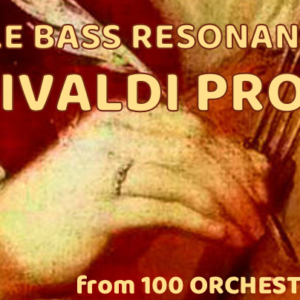Horns – Lyrical Character
If you want to test the effectiveness of a horn part, simply sing it all the way through. This tip comes from my wife, the professional horn player. Too many composers have the idea that horns simply are the chucks in a “boom-chuck” – which they can do very easily. Or that horns are simply…
Read more…

